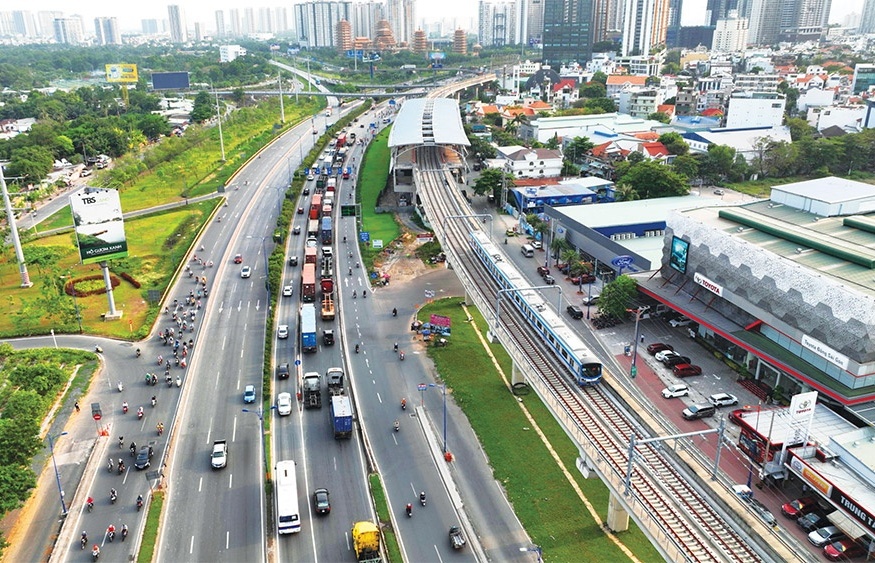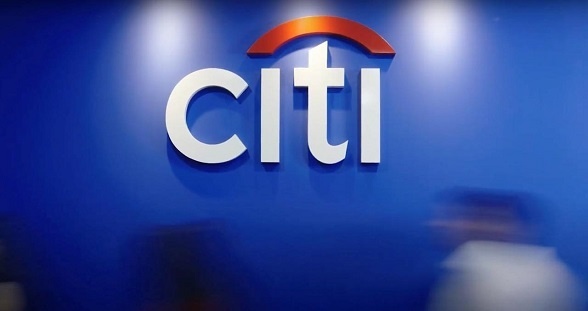Controlling credit still a priority
 What is the credit growth scenario for 2013 in your forecast?
What is the credit growth scenario for 2013 in your forecast?
In 2013, the State Bank aims at controlling the credit growth of the banking system within 15-17 per cent. However, this credit cap is not applied for all credit institutions but depends on the specific financial health of each one.
We will continue encouraging credit institutions to lend to priority areas including agriculture, small- and medium-sized enterprises, supporting industry and exporters.
Moreover, banks are also encouraged to lend to firms using intensive labour, lending to stimulate demand to reduce inventories such as home loans and loans to construct rural areas.
The State Bank will continue to execute strict controls on lending purposes and close inspections and supervision on customers’ use of loans. We are trying to enhance the credit quality as well as reducing the banking system’s non-performing loans (NPLs).
We are doing this by introducing the producer-supplier-consumer model such as lending to firms making seafood for export to pay for inputs from farmers, or using the investor-bidder-material supplier-home buyer model for real estate market. The advantage of such models is to make a closed cycle for credit flow, ensuring the safety of the loans.
Banks’ high NPLs and high inventory levels are swamping the real estate market, resulting in a gloomy economy. What can be done to warm up the market?
To warm up this market, we must find a solution to the “term issue” of capital flow to the real estate market. The housing demands of 88 million Vietnamese people are very high. However, not all of them can pay off at the current real estate price and need financial support.
However, home-buyers often demand long-term capital, while banks are lacking this kind of funding. Based on State Bank regulations, credit institutions are allowed to use only 30 per cent of short-term capital for long-term loans, but banks’ actual figures might be up to 40 per cent.
Meanwhile, there are many areas that need long-term capital, not only real estate market. Therefore, it is necessary to have financial intermediaries to transfer short-term capital to medium and long-term ones.
When can we have such financial intermediaries?
Currently, the Ministry of Construction is building the House Saving Fund and the State Bank is considering establishing a national re-mortgage agency.
For the house saving fund, customers who want to buy a house can deposit a sum equivalent to 30 per cent of the house’s value. In the waiting time, this capital can be lent to others customers or enterprises in need of immediate fund. This kind of fund will soon be implemented.
For the national re-mortgage agency, two companies with the similar model with this agency were already established in the US. The State Bank of Vietnam already had a framework for it. However, in 2008, the collapse of these companies in the US due to the sub-prime mortgage crisis made this agency establishment become sensitive and get disagreement from concerned ministries. However, the plan to establish this agency will be soon rebooted.
What the stars mean:
★ Poor ★ ★ Promising ★★★ Good ★★★★ Very good ★★★★★ Exceptional
Related Contents
Latest News
More News
- Opportunities to unlock in Vietnam’s green finance arena (April 16, 2024 | 09:38)
- Interest rates likely to remain fairly levelled (April 16, 2024 | 09:25)
- UOB Vietnam partners with Betrimex on sustainability (April 15, 2024 | 15:41)
- Listing ambitions of Vietnamese banks backed by leaders (April 15, 2024 | 15:23)
- Cryptocurrency is not banned in Vietnam: Ministry (April 15, 2024 | 09:40)
- SBV to increase gold bar supply to stabilise domestic market (April 15, 2024 | 08:00)
- Behind the numbers: Techcombank’s vision for growth (April 13, 2024 | 11:00)
- Upward trend anticipated in forex rate (April 13, 2024 | 08:00)
- PM demands strengthened gold market management (April 12, 2024 | 17:11)
- Amendments to gold regulations on agenda (April 12, 2024 | 16:10)



 Tag:
Tag:


















 Mobile Version
Mobile Version